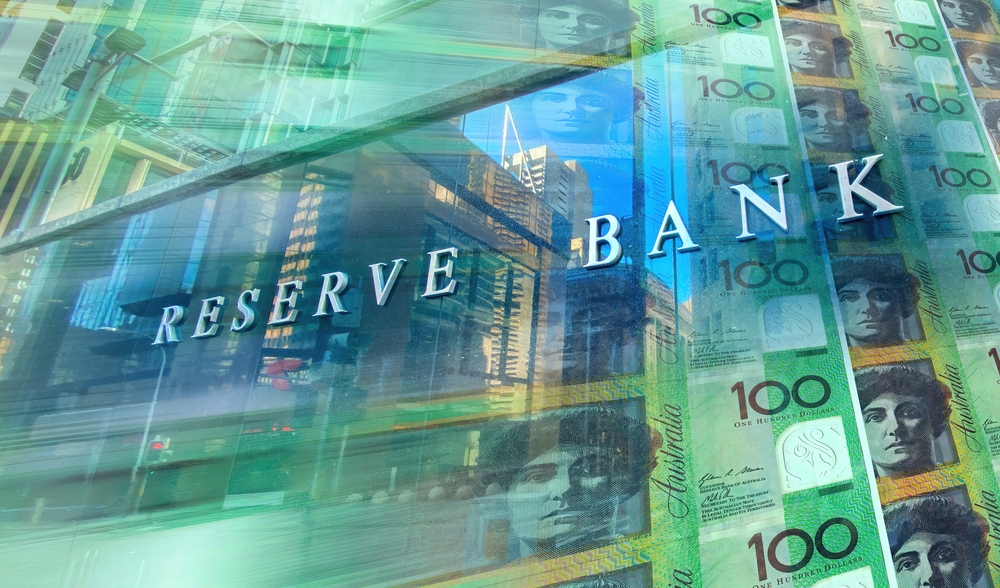Motorists are forking out well over $2 a litre for fuel in parts of the country because of spiking oil prices and a weakening Australian dollar.
In some parts of the nation, petrol prices have overtaken the highs of last year after the conflict in Ukraine sent prices soaring.
Average prices in Sydney have hit $2.20 a litre for unleaded petrol, according to Compare the Market data – a whisper above the $2.18 a litre average reached during the peak last year.
Energy expert at the comparison site, Chris Ford, said the latest surge in fuel prices unfortunately coincided with the start of school holidays in many states, which would pile pressure on already-stretched family finances.
Mr Ford said there was a complex picture underpinning fuel markets, with both higher wholesale prices and the weaker Australian dollar playing a role.
Oil benchmarks had lifted 30 per cent since June, with the Brent oil futures lifting above $US93 a barrel late last week.
This was the highest level reached by the key oil benchmark since November 2022.
Commonwealth Bank commodities expert Vivek Dhar said supply cuts by major oil producers were keeping upward pressure on prices, with the latest data showing global stockpiles already starting to decline sharply.
He said both Saudi Arabia and Russia had extended their supply and export cuts through to the end of the year against expectations they would ease in October.
Mr Dhar said oil prices above $US100 a barrel were not unthinkable in the second half of 2023 under these conditions, but stockpiles would need to fall as rapidly in September as in August for that to eventuate.
He said elevated refining margins and a weaker Australian dollar were also feeding into the higher cost of petrol and diesel in Australia.
“A weaker Australian dollar looms as a threat in coming months if China’s economic data surprises on the downside and iron ore prices retreat materially,” the analyst wrote in a note.
Higher fuel prices could also complicate the Reserve Bank’s task of returning inflation to its two-to-three per cent target range.
AMP economist Shane Oliver said fuel prices would amount to a direct boost to inflation numbers and would likely worry Australia’s central bank.
But he said it would be unlikely to trigger another interest rate hike in isolation.
Dr Oliver said the latest fuel price hike was hitting the economy at a very different time than when the conflict in Ukraine triggered a surge last year.
He said the rise in prices last year was from a much lower base and came alongside supply shortfalls and growing demand for just about everything.
“This time around it is a bit different, the magnitude of the increase isn’t as pronounced and everything else isn’t also going up,” he told AAP.
Paired with a weakening consumer sector, high fuel prices may act as a “tax on spending” and help weigh on economic activity.
With households tightening their belts, Dr Oliver said retailers may not be in a position to pass on higher transport costs as readily as last year.
He also said an extra $10 a week in fuel costs would amount to another hit to household budgets at a time when mortgage holders were already enduring sharp increases in their repayments.
Poppy Johnston
(Australian Associated Press)





